A marine vessel’s communication system is one of the strongest ways to protect and ensure the security and safety of your crew while out at sea. Effective radio communication keeps ships apprised of their relation to other vessels, their relation to the shore and potential sandbanks or other dangerous physical features, and allows the staff onboard and those on the shore to share important information concerning weather patterns and safety protocols.
When choosing radio communication equipment for your vessel, you are typically spoiled for choice. However this article will focusing on three main types of communication devices: Very High Frequency radios (VHF), Single Side Band radios (SSB), and Global Maritime Distress and Safety Systems (GMDSS).
Very High Frequency (VHF) Radios
Fixed mount VHF radios like the ICOM IC-M330 are some of the most widely used maritime communication equipment, and handheld marine VHFs can be useful during emergency situations as well. VHFs can be used for:
- Transmitting distress and safety signals
- Calls to shore and other ship-to-shore communications
- NOAA weather channels
- Navigation
While these uses make the VHF invaluable onboard, they do still have their limitations. VHF is limited by line of sight, meaning a clear and unobstructed path is necessary between the transmitter and receiver in order for the radio signal to work. Separate marine VHF antennas help overcome this by raising the height of your antenna.
VHF radios use 3 key methods for communication: simplex, duplex and Digital Selective Calling (DSC). Simplex and duplex both transmit and receive standard voice communications, whereas DSC transmits and receives digital communications.
- Simplex communication sends and receives communications on the same frequency, and is suitable for ship-to-ship communication. It has a range of about 20 nautical miles (depending on conditions), and is also the method in use for channel 16, the international safety channel used for distress calls and coordinating rescues.
- Duplex communication transmits and receives on different frequencies, usually with a shore-based repeater station in between. While the repeater ensures a greater range of communication of around 40 nautical miles, VHF line of sight limitations still apply.
- DSC uses simplex communication and is bound by the same range restrictions. However it can also send a greater variety of digital messages.
Single Side Band (SSB) Radios
SSB radios like the ICOM IC-M710 are essential for real-time communication not limited by range.They work like two-way radios for marine vessels and are not limited by line of sight as they bounce, or skip, signals off of the ionosphere. SSBs are complementary communication equipment for VHFs, and should not replace a VHF in your vessel’s communication system.
Global Maritime Distress and Safety System (GMDSS)
A fixed mount GMDSS like the Samyung ENC SRG-3150D/DN supports a framework of devices, protocols and procedures on distress and radio communication safety. GMDSS is mandated for ships worldwide and is the industry standard for how to navigate distress calls and emergencies, whether you’re the vessel in distress or responding to it.
The GMDSS includes specific equipment modules such as:
- NavTex: An internationally adopted system used primarily to distribute MSI-maritime safety information. These include navigational warnings, weather warnings, forecasts, and search and rescue notices (SAR).
- Emergency Position Indicating Radio Beacons: EPIRBs help determine the positions of survivors during SAR operations.
- Search and rescue transponder: SARTs help to locate survival crafts or vessels in distress during SAR operations.
- DSC: DSC has been introduced into the GMDSS system to facilitate ship-to-ship, shore-to-ship, and ship-to-shore communication via high or medium frequencies, VHF and digital mobile radios.
Operating the GMDSS requires a General Operators Certificate (GOC), which involves completing a short course as well as clear written and oral exams. While this may take up some time and resources, it is absolutely essential to protecting your crew while you are out at sea.
Finding a Reliable Radio Communications Supplier
Tecomart has been trusted to supply quality marine navigation and communication equipment since 1994. Our ethos is to provide high-quality communications and navigational solutions at competitive and affordable prices. If you are in the market for a reliable radio communications supplier you can trust, get in touch with us today.

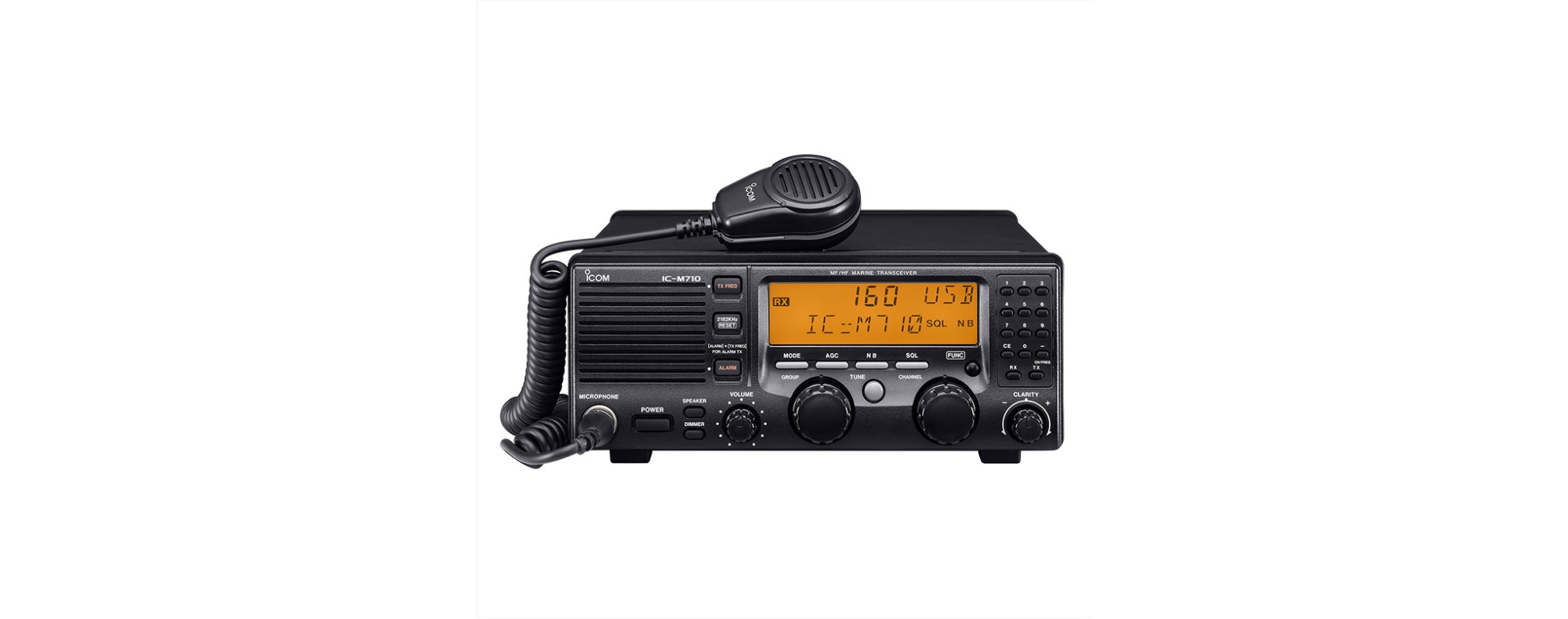
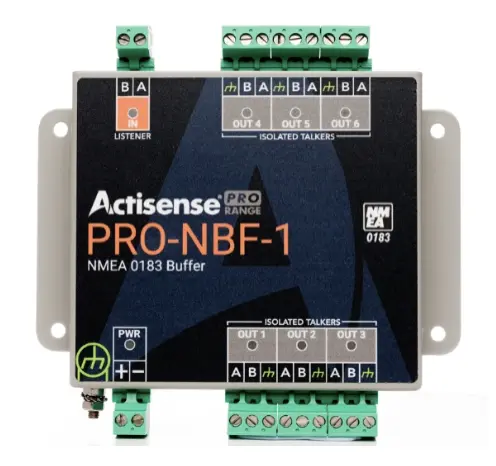

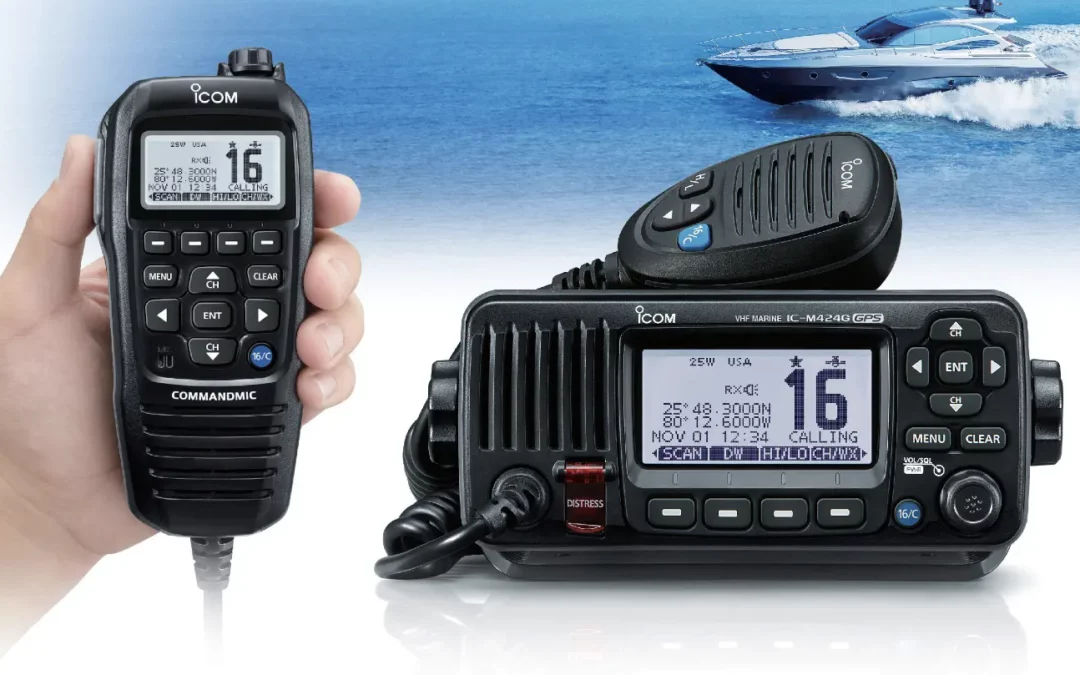
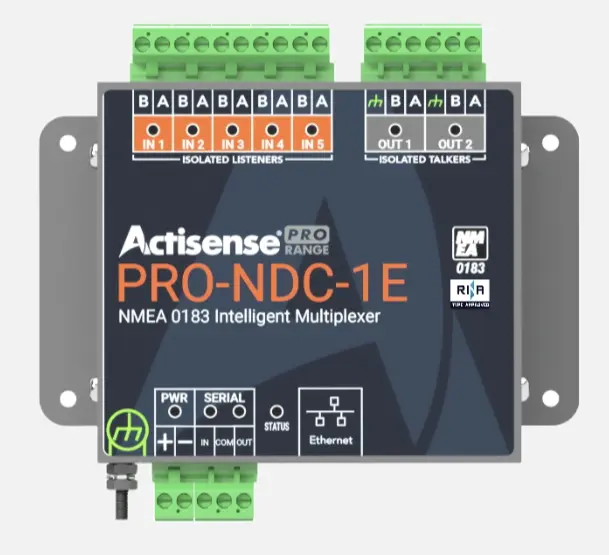
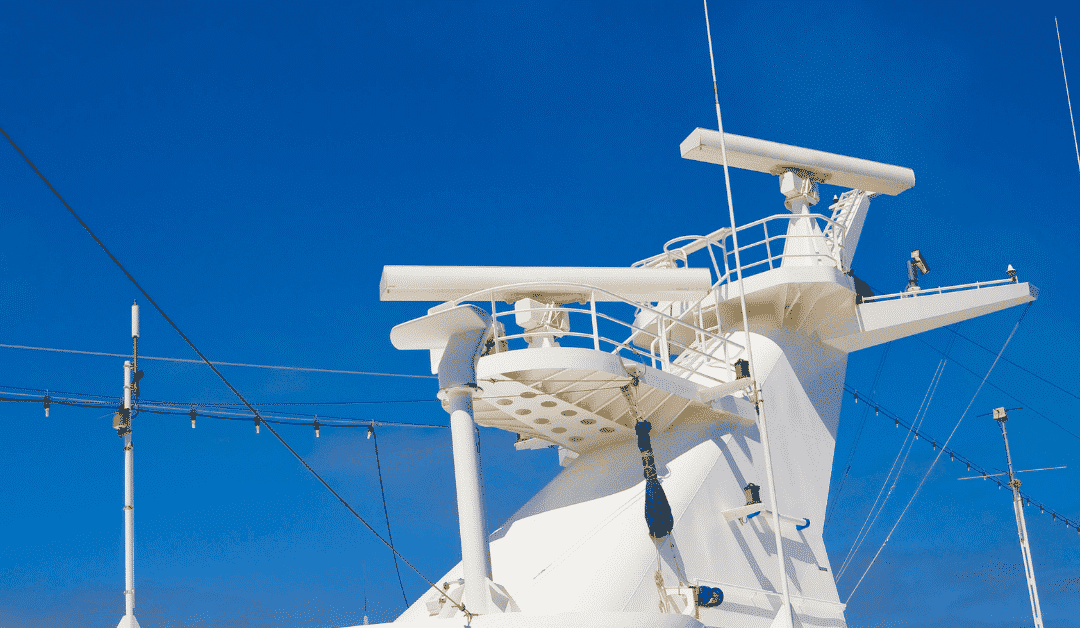

0 Comments